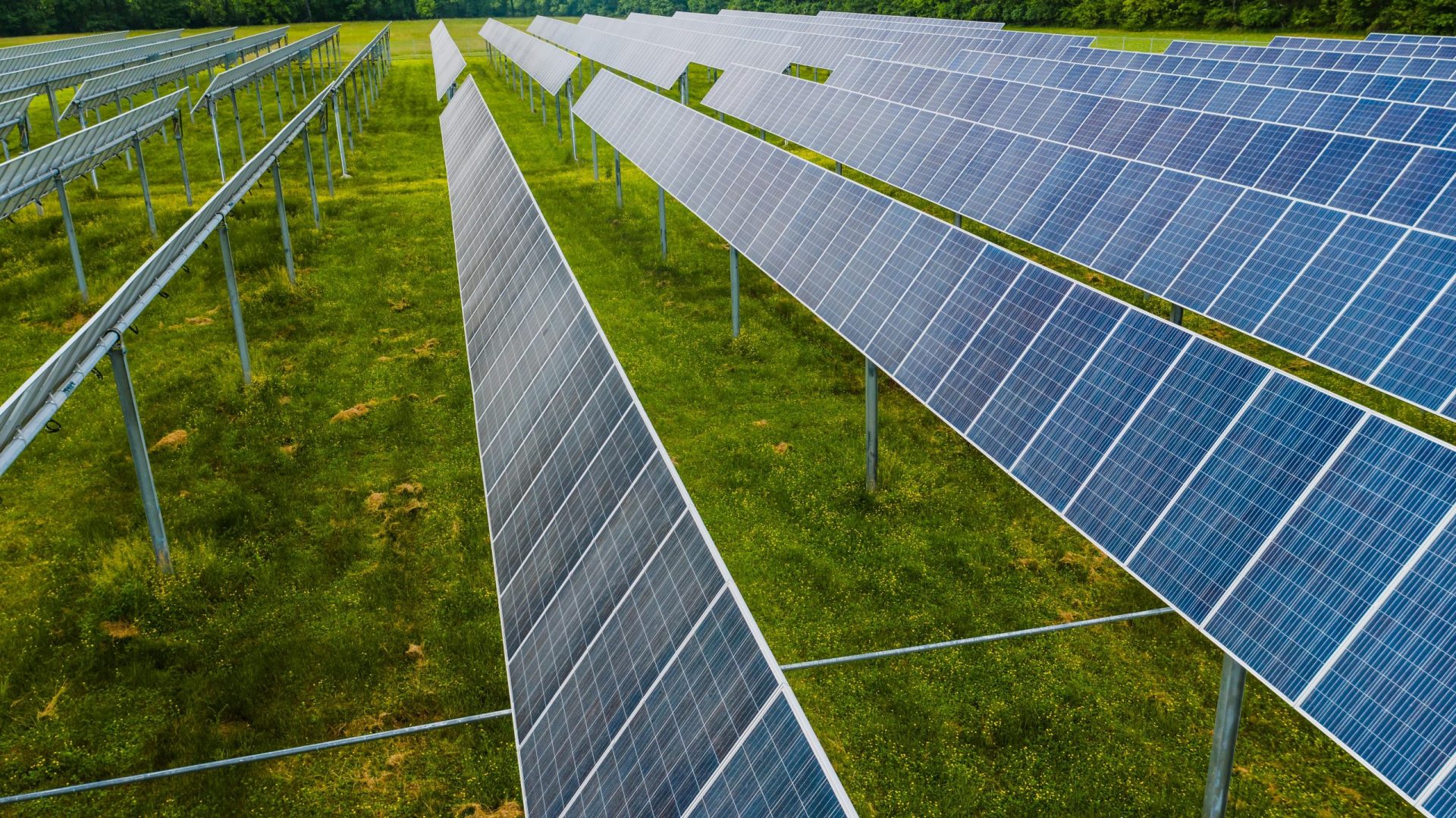Shifting climatic patterns introduce new challenges for renewable energy systems. The transition to green energy is both a solution to and a loss of climate change. Here’s a combination of key impacts and adaptations:
01. Disrupts Renewable Output due to Climate Variability:
Climate change alters weather patterns, directly affecting renewable energy generation. For example, wind and hydropower are highly sensitive to shifts in wind speed, rainfall, and temperature. In 2023, El Niño-induced drier conditions enhanced solar capacity in South America by 3.9%, while East Asia saw a 4.1% wind power surge due to altered wind patterns. Equally, hydropower faces risks from droughts and unpredictable rainfall, with projections suggesting regional declines of up to 40%. Solar energy remains relatively stable but is not resistant to dust storms or lengthy cloud cover linked to climate shifts.

02. Vulnerabilities of Infrastructure:
Life-threatening weather events like storms, wildfires, overflows—damage energy set-up. For example, storms threaten offshore wind farms, wildfires disturb broadcast lines, and flooding undermines hydropower dams. The U.S. energy grid, reliant on mature infrastructure, is gradually strained by droughts that reduce broadcast efficiency and spike cooling demands, floating shutdown risks.

03. Demand Shifts & Resource Availability:
Intensifying temperatures increase energy demand for cooling, potentially counterbalancing reductions in heating needs. This tensions networks transitioning to renewables, especially in regions lacking storage solutions. Water scarcity, impaired by climate change, also threatens hydropower and thermal plant cooling systems, demanding adaptive technologies like dry cooling or alternative water sources.
04. Economic and Geopolitical Pressures:
Regions reliant on fossil fuels expression dual challenges: phasing out emissions-intensive systems while building climate-resilient renewables. Africa, despite vast solar/ wind potential, holding only 2% of total renewable capacity, which are due to underinvestment and climate-vulnerable infrastructure. Moreover, critical minerals for renewables (e.g., lithium, cobalt) look supply chain risks from climate-driven disruptions or unethical mining practices.
05. Adaptive Strategies:
To alleviate these effects, the integration of climate data into energy planning is critical. Seasonal forecasts help optimize grid management and storage distribution. Spreading energy portfolios, combining solar, wind, hydropower, and emerging tech like green hydrogen improves flexibility. Policies must prioritize just evolutions, defending helpless communities from energy insecurity while scaling decentralized systems like microgrids.
In a nut shell, temperature change complicates the green transition by threatening renewable productions, damaging infrastructure and fluctuating demand. Addressing these challenges needs adaptive technologies, differentiated energy structures, and reasonable policies to ensure reliability and inclusivity in the net-zero expedition.


